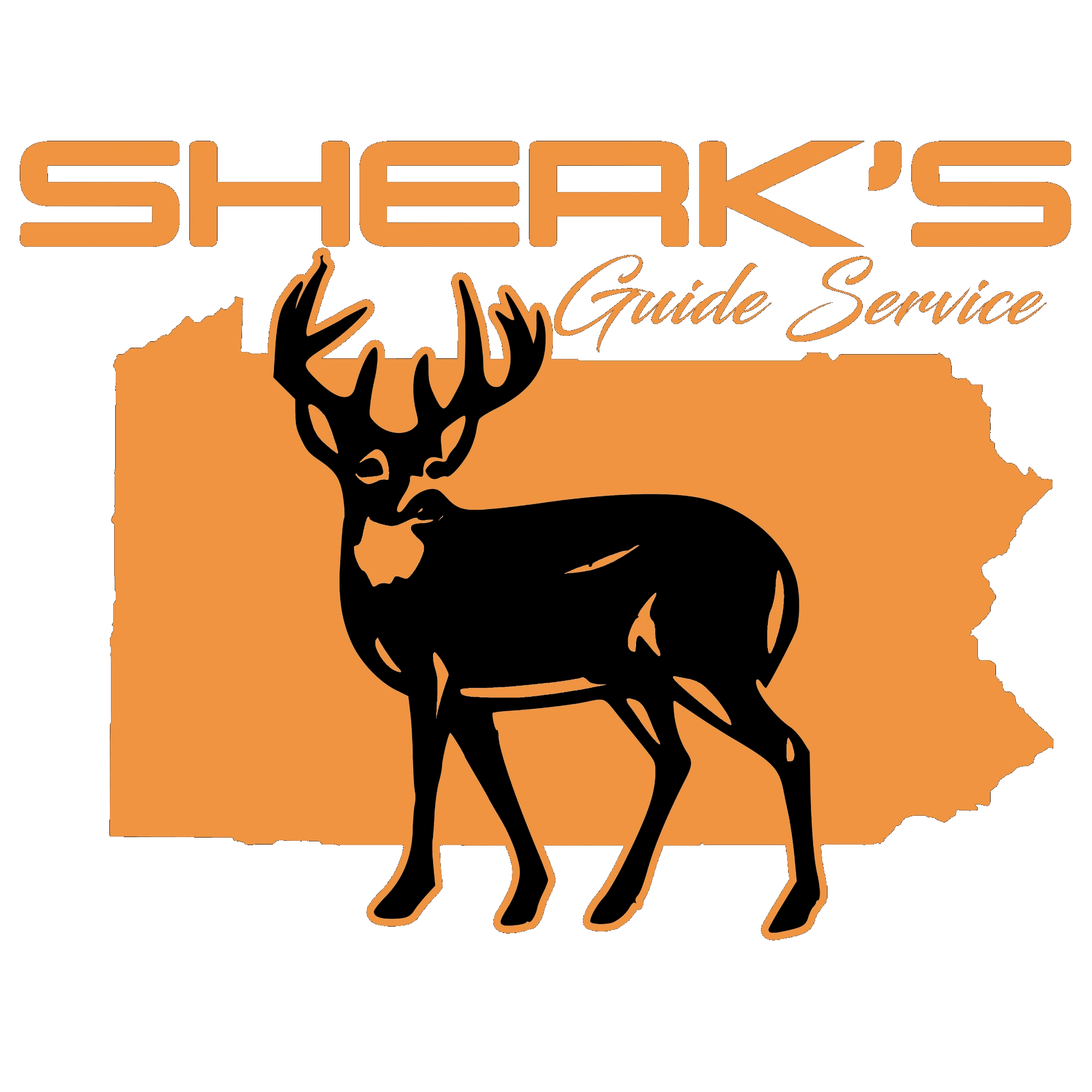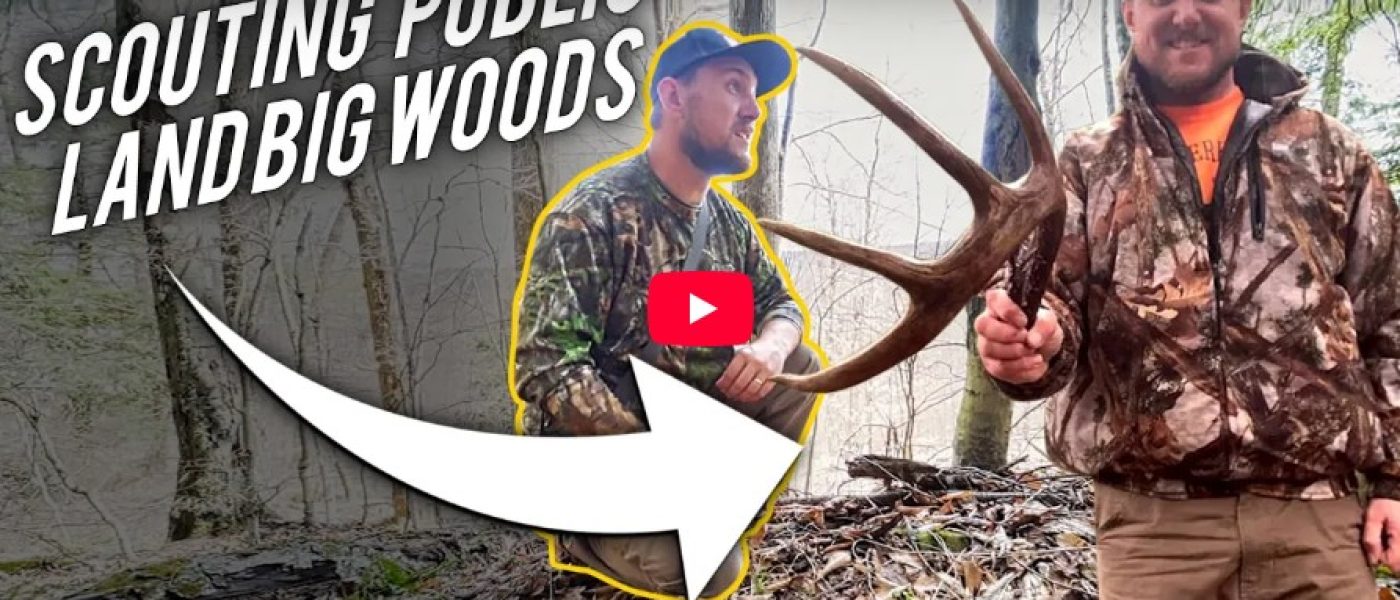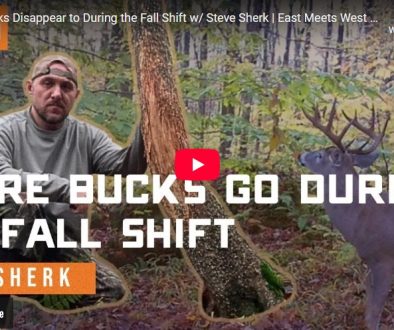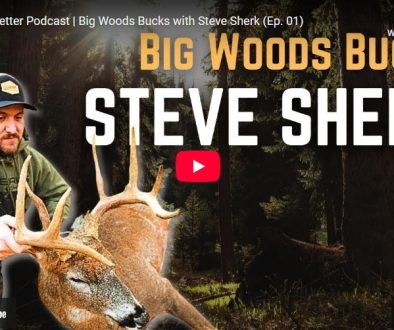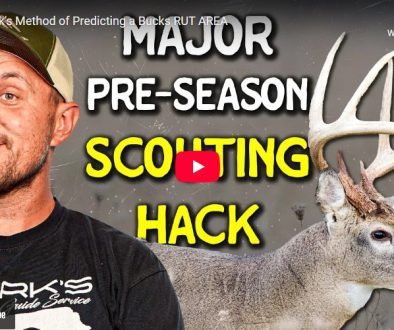In “PA Big Woods Deer Scouting With Steve Sherk! Buck Bedding …”, Steve Sherk takes viewers deep into the Pennsylvania woods to walk through how he scouts post-season and interprets bedding sign for the coming years. YouTube
If you’ve ever wondered how top guides read terrain, mapping, and subtle sign to plan next season before it arrives, this episode is gold. Let’s break it down.
📺 About the Video & Why It Matters
- Title: PA Big Woods Deer Scouting With Steve Sherk! Buck Bedding … YouTube
- Theme: Post-season scouting in the big woods, focusing on buck bedding areas, sign interpretation, and planning for next season. YouTube
- Setting: Steve is in the field, walking terrain, inspecting bedding areas, evaluating sign, and discussing his thought process for future hunts. YouTube
This is especially useful because scouting immediately after season gives you a leg up—what you see now heavily influences where deer will use terrain in the coming year.
🔍 Key Takeaways & Insights from Steve
1. Bed Where The Deer Stayed Through the Chill
Steve highlights that some bedding areas are used post-season because they hold deer through changing conditions. The beds that survive hunting season often become core zones the following fall.
2. Subtle Sign is Worth More Than Big Rubs
Rather than expecting massive rub lines in the dead of winter, Steve shows how he looks for faint trails, worn microsites, bedding edges, and minimal feeding sign—clues that newer hunters often miss.
3. Understand Terrain Transitions
The transitions between cover, food, and escape terrain are where mature bucks frequently bed or travel. Steve walks ridges, benches, slopes, and draws, showing how those edges matter greatly in the big woods.
4. Planning Ahead
One of the big lessons: what you learn now becomes part of next season’s blueprint. Steve outlines how he is going to revisit these areas, place cameras, and adjust for next year based on what he sees today.
🛠 How You Can Use This in Your Own Scouting
- Scout immediately after season — the tracks, trails, and deer behavior are fresher.
- Map your bedding zones — make note of multiple beds in proximity so you can cluster hunts/cams.
- Don’t ignore faint trails — they often point to routes deer use under pressure.
- Revisit these zones early next season — armed with what you saw post-season, you can hit them with confidence.
- Use camera clusters — place multiple cameras around the beds to catch nuances in movement and entry routes.
